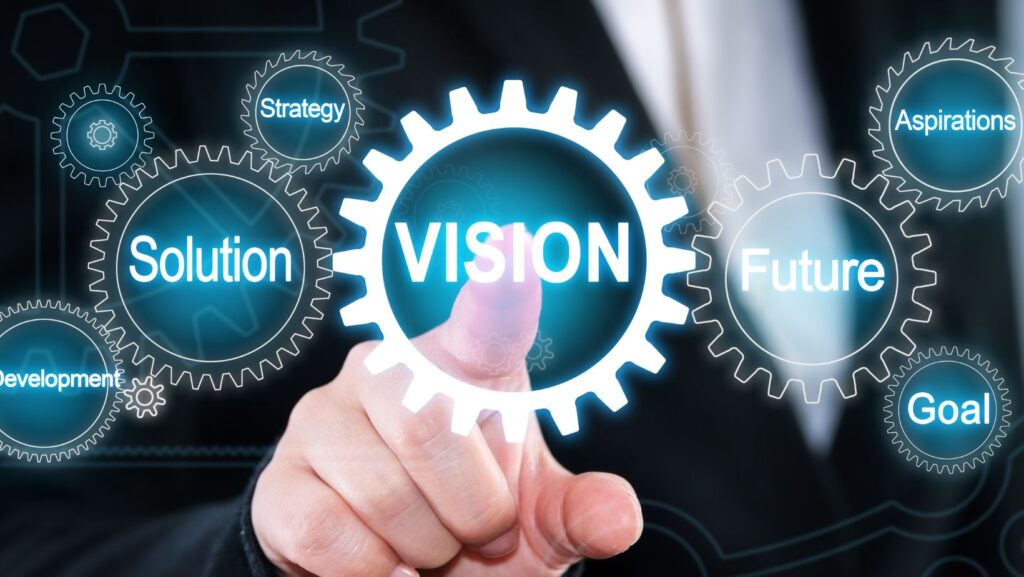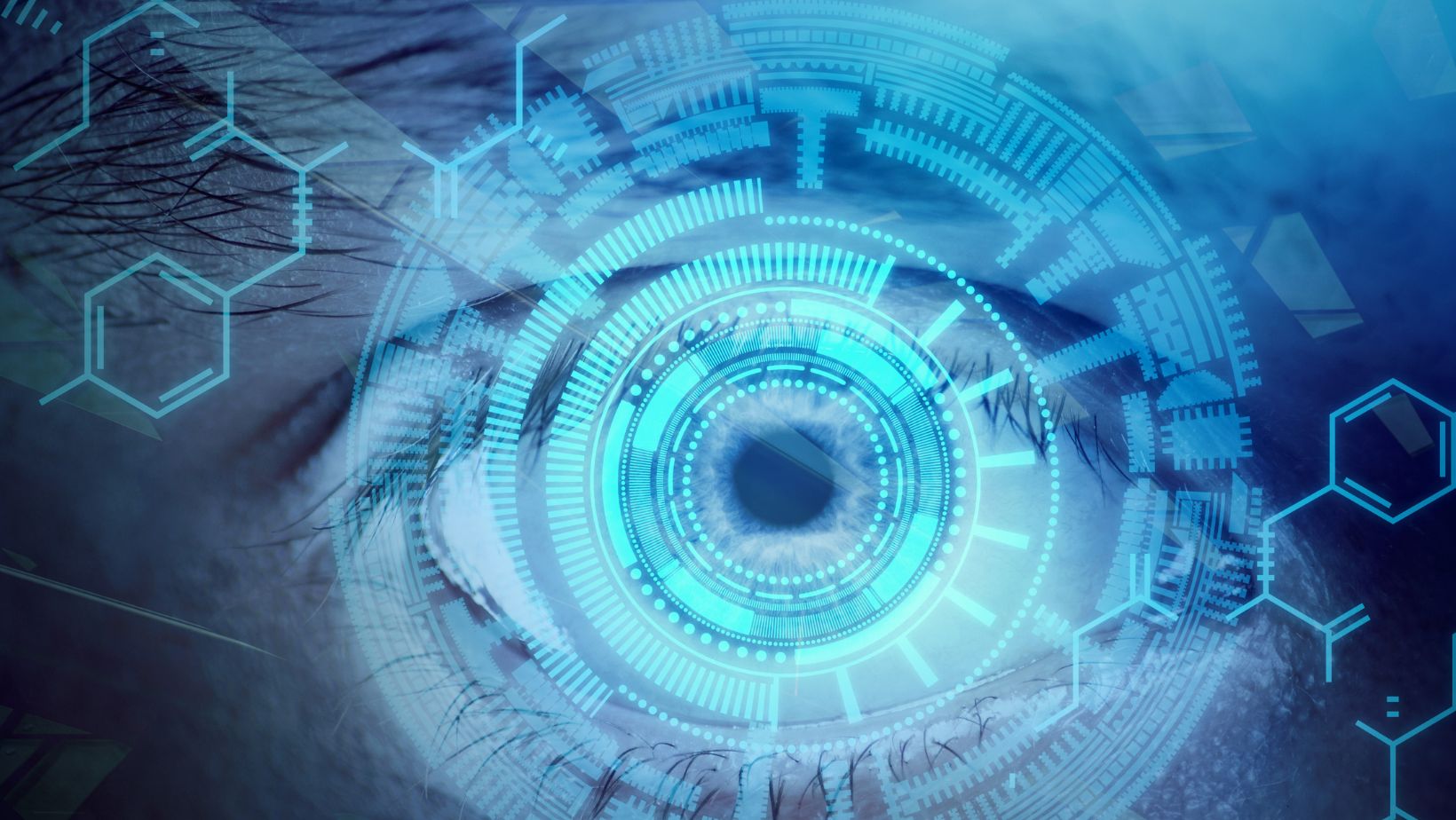
The retail landscape is constantly evolving, and staying competitive means embracing technologies that streamline operations and enhance efficiency. One of the most powerful tools in this evolution is computer vision. By implementing cross-platform app development services and computer vision, retailers are discovering innovative ways to reduce costs, optimize processes, and ultimately, improve their bottom line.
Smart Inventory Management
One of the most significant areas where computer vision is making a real impact is in inventory management. Traditional inventory checks are often time-consuming, labor-intensive, and prone to human error. Computer vision offers a smarter, faster, and more accurate approach.
- Automated stock monitoring: Imagine cameras equipped with computer vision scanning shelves and automatically identifying stock levels in real-time. This eliminates manual counts, freeing up staff for customer-facing roles.
- Reduced stockouts and overstocking: By providing accurate, up-to-the-minute inventory data, computer vision helps retailers avoid costly stockouts that lead to lost sales and frustrated customers. It also prevents overstocking, minimizing storage costs and potential waste.
- Optimized supply chains: Integrating computer vision into the supply chain allows for better forecasting and demand planning. Retailers can anticipate trends more accurately and adjust their inventory accordingly, leading to a more efficient and responsive supply chain.
Loss Prevention and Enhanced Security
Beyond inventory, computer vision plays a critical role in loss prevention and security within retail environments.
- Theft detection: Sophisticated computer vision systems can be trained to recognize suspicious behavior and potential theft in real-time. Alerts can be sent to security personnel, enabling proactive intervention and reducing shrinkage.
- Fraud detection at checkout: Computer vision can analyze transactions at self-checkout kiosks and traditional registers, identifying potentially fraudulent activities such as mis-scanning or item switching. This reduces losses and improves the integrity of the checkout process.
- Enhanced store security: By monitoring store premises constantly, computer vision systems can deter criminal activity and provide valuable video evidence in case of incidents, contributing to a safer environment for both staff and customers.
Optimized Operations
The data captured by computer vision systems isn’t just for real-time actions, it’s also a goldmine for operational insights.

- Foot traffic analysis: Computer vision can track customer movement patterns within a store, revealing popular areas, bottlenecks, and peak hours. This data informs store layout optimization, staffing schedules, and targeted promotions.
To harness the power of computer vision for these diverse applications, retailers often turn to cross-platform app development services. This approach ensures that computer vision solutions can be seamlessly integrated across different devices and operating systems, maximizing accessibility and impact throughout the retail ecosystem.
In conclusion, computer vision is no longer a futuristic concept, it’s a practical and powerful tool driving efficiency and cost savings in modern retail. From smart inventory management to loss prevention and data-driven operational improvements, the applications are vast and the benefits are tangible. By embracing these technologies, retailers can unlock new levels of operational excellence and thrive in an increasingly competitive market.


